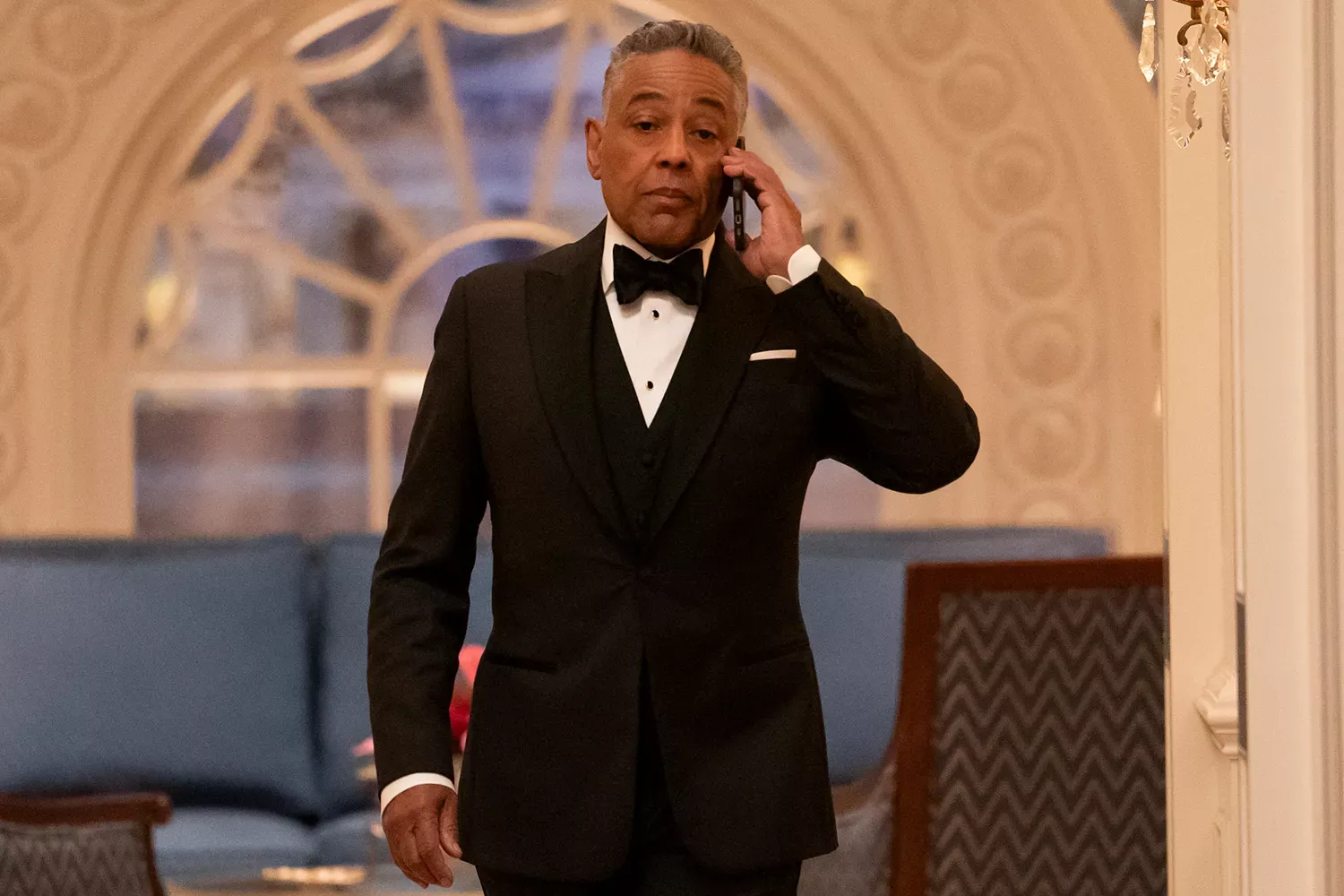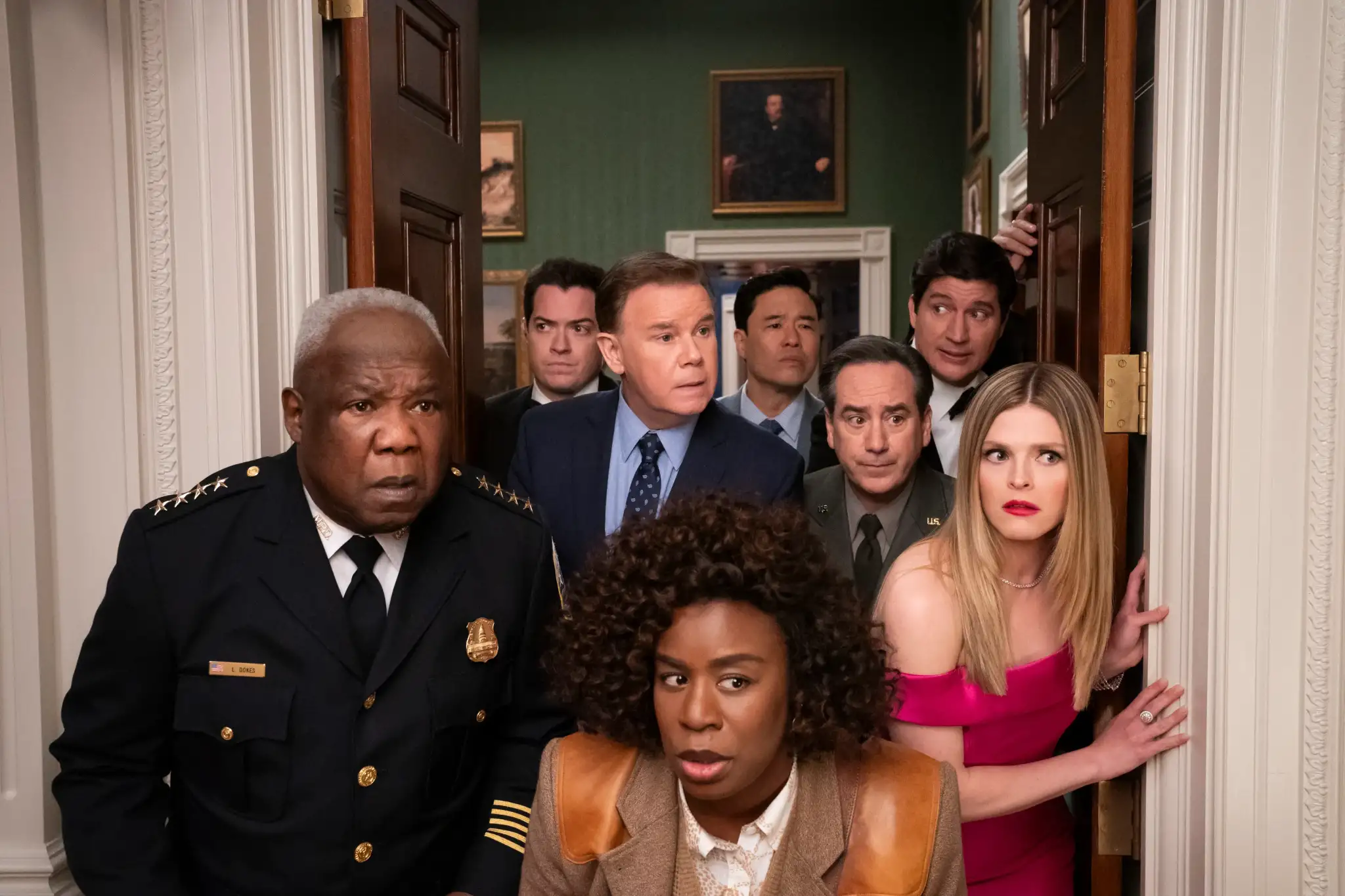Table of Contents
Timeless Genre Allure
A television murder mystery commonly radiates an ageless charm, primarily because it cleverly brings viewers along for the adventure of collecting clues, helping them feel like genuine participants in the search for answers. Moreover, this type of storytelling easily shifts between somber drama and playful comedy, which helps explain why television detectives continue to hold such a beloved position among so many fans. Significantly, The Residence, developed by Paul William Davies and produced by Shondaland, illustrates this versatility by showcasing a wonderfully idiosyncratic main detective and an even more unusual set of suspects. Additionally, it relocates the entire mystery within the prestigious and iconic White House, introducing a national importance that instantly elevates the central crime to new heights. Throughout the series, the audience can notice how a classic murder mystery script can take on an unexpected character when put in such a phenomenal and historically important scenario.

At one of these upscale dinners to honor the Australian delegation, the White House is turned into a bedlam when the assistant manager, A.B. Wynter (Giancarlo Esposito), is found dead under very strange circumstances. This shocking discovery upends the evening’s celebrations and ignites the show’s primary investigation. Intriguingly, the person heading the inquiry is Cordelia Cupp, a police detective whose razor-sharp perception pairs in a fascinating way with her dedicated hobby of bird watching. Portrayed by Uzo Aduba, she injects a subtly wry humor into her pursuit of the truth. Moreover, the series introduces an impressively wide-ranging cast that spans White House workers, D.C. law enforcement officials, FBI agents, and even entertainer Kylie Minogue, who was booked to perform at the event but instead joins the suspect list. Thanks to this sprawling group, every fresh scene teems with possibilities, as new tidbits emerge that deepen the uncertainty surrounding the crime.
Experimental Episode Flow
Instead of adhering to a linear, step-by-step whodunnit method, Paul William Davies adopts a more inventive structure that occasionally comes across as jovial and almost disordered. Each episode darts between different points in the timeline at a swift pace, sometimes presenting more than one interpretation of the same exchange or statement. This strategy underlines how subjective each person’s version of events can be, prompting viewers to question every clue. On top of that, the show alternates between past events—where Cordelia Cupp meticulously pieces together the details of the homicide—and present-day scenes in which many of these same individuals testify before Congress about the handling of the murder case.
Although it can be tough to juggle so much information and recall where each figure fits into the ongoing puzzle, this flexible mode of storytelling contributes a spirited enthusiasm, prodding the audience to continuously revisit their assumptions about who committed the crime. All this leaping across time and shifting viewpoints could overwhelm viewers if not for the lively undercurrent that flows through the show. Indeed, the frenetic pace and non-traditional format never feel wearisome, particularly when humor pops in at just the right moments.
FBI special agent Edwin Park, played by Randall Park, provides a wealth of comedic moments that lighten the gravity surrounding the murder and the legislative examinations that follow. Furthermore, Cordelia Cupp’s understated wit only magnifies this buoyant mood, ensuring that the story does not sink into a completely dark place. Ultimately, The Residence succeeds in merging the best traits of a time-tested murder mystery—namely intrigue, twists, and suspense—with a distinctly fresh spin, reminding viewers that the genre can still be presented in a creative and amusing manner.
Dynamic Mystery Finale
As the season builds to its last act, the narrative continues to surprise without prematurely revealing the killer’s identity, leaving fans to speculate until the decisive moment. This measured use of secrecy makes the culminating answer feel both earned and exhilarating. By situating everything inside a fictional White House, the series constructs a parallel political landscape that is uniquely chaotic and never too close to our familiar reality, adding to the sense of escapism. Ultimately, The Residence stands as a reinvention of the typical murder mystery, coupling the foundational elements of the classic genre with an imaginative format that is at once comedic and suspenseful. Although the show might primarily serve as a delightful, dessert-like indulgence rather than a weighty entrée, its creative approach provides a welcome departure from ordinary routines—a testament to the enduring allure of unraveling a murder on screen.
Over eight episodes, Paul William Davies steadily introduces a series of crafty red herrings, revealing new bits of evidence and weaving in some critical backstory about Detective Cordelia Cupp. This backstory becomes especially important for understanding Cupp’s remarkable perception skills, which guide her throughout the murder investigation. We eventually discover exactly why she is such a keen observer in one of the most intriguing sequences in the entire show. Although a grave crime lies at the center of this narrative, the overall tone remains light, thanks to the show’s screwball comedic flair and rapid-fire dialogue. This approach keeps the heavy subject matter from feeling too somber, allowing viewers to immerse themselves in a humorous puzzle instead of a bleak thriller.
Cupp’s Hidden Depths
Furthermore, Cupp’s talent for noticing seemingly trivial details leads her to unexpected insights, enabling her to peel back layers of secrecy around every suspect she interviews. Her calm yet relentless drive compels her to dig deeper into each character’s motivations, and her background becomes an essential puzzle piece that reveals why she’s innately skilled at spotting hidden clues. Although the story continually circles back to the murder at hand, the show’s pacing and comedic quirks prevent it from sinking into pure darkness. Instead, the series focuses on the entertaining side of a whodunnit, which showcases how Cupp’s determination meshes with the chaotic swirl of events in the White House.
The cast brims with vibrant personalities who sometimes verge on caricature, heightening the fun rather than detracting from the plot. Taran Killam’s portrayal of St. Pierre, a delightfully over the top energy healer who ends up knee-deep in event planning, is just one example of the cast’s comedic zeal. Equally amusing is Barrett Foa’s Elliott Morgan, the first gentleman so clueless that he hardly notices the turmoil around him. President Perry Morgan (Paul Fitzgerald), an openly gay man, merits a mention because he presents his sexuality without fanfare—offering a refreshing glimpse at a political environment unconcerned with trivial judgment. (We can certainly hope this attitude might exist in the real world someday.)
Ensemble Cast Shines

Alongside these main personalities, an impressive array of guest stars including Jason Lee, Ken Marino, and Eliza Coupe make appearances that intensify the show’s spirited atmosphere. Al Franken also steps into the story as a fictional senator, adding a witty meta dimension that simultaneously enhances the show’s believability. With so many characters parading across the screen, it can occasionally be a challenge to remember who did or said what, yet these diverse personalities contribute to the overall dynamism. One can tell that Davies is a huge fan of the whodunnit genre, paying homage Agatha Christie and Knives Out by skillfully weaving references in the series. These gestures help the series channel the rich tradition of murder mysteries while giving it a contemporary spin.
Admittedly, the rapid movement from scene to scene might occasionally leave viewers wishing the series would slow down, but that perpetual motion also energizes the storyline, ensuring that the momentum never flags. Indeed, the audience remains perched on the edge of discovery right up to the dramatic conclusion, since Davies takes care not to broadcast the killer’s identity prematurely. The fictional White House, with its own brand of hysteria, deviates from the real version in ways that make the story even more entertaining. Once the final twist emerges, it feels both surprising and satisfying, solidifying the show as a clever piece of escapism. Admittedly, The Residence may function more like an enjoyable dessert than a hearty entrée, but this particular treat offers a delightful interlude from real-world tensions—and that alone makes it a thoroughly worthwhile watch.



